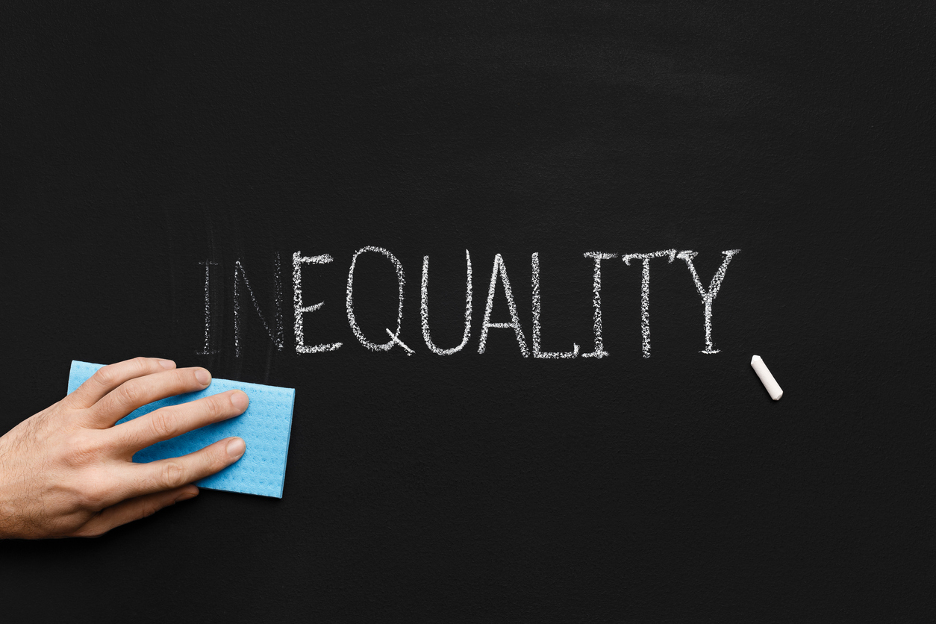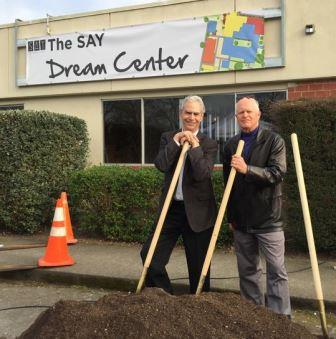Contributed by Amira (Mira) Barger, MBA,CVA,CFRE, PRG Associate Consultant – Philanthropy & DEI
The questions organizations can be asking themselves right now to advance their own commitment and actions to diversity, equity and inclusion.
In the wake of recent and ongoing protest across the nation, many nonprofit organizations are seeking ways to address racial injustice. Time has been focused on posting statements on social media, rapid-fire dialing to the closest available implicit bias trainer, and hours spent at book clubs trying to digest the most recent anti-racism book. While taking these steps is admirable, they are only effective when enacted as part of a larger and deeply intentional strategy. Organizations have a responsibility to do more than make performative statements. Though we may be able to buy public goodwill for the time being, trust is earned through a sustained, long-term body of work.
The path towards true justice and equity for all is ongoing, but it begins with asking questions. What are those things that we as individuals and institutions need to unlearn, relearn, and repattern? How do we as nonprofit organizations best serve not only our employees, but also those community members entrusted to our care, in tangible, identifiable ways? Inquisition, of course, must be coupled by active listening and commitment to change. And, in order to get started (RIGHT NOW!), here are a series of questions nonprofit organizations must be asking themselves:
- What is the goal you seek?Explore why becoming anti-racist is vital to you (individually/organizationally) as the first step. This will be the driving force that will help to sustain momentum when the public fanfare dies down. We must continuously keep working towards change, and understanding your ‘why’ is vital.
- What is the current reality for your staff and neighbors/clients?Equity is all about meeting people where they are, providing for their specific and unique needs. How are we showing up for those most impacted by the decisions we make? This moves us toward ensuring they are not only in the room, but are represented at the table and have a voice in decision-making.
- What are the options for you to create lasting change?Based on your organization’s mission and population served, what lane you will occupy may vary. For some, it is an effort to ensure that language is equitable – for example saying “the unhoused” vs “the homeless”. For others it is re-tooling programs so that community engagement is included as a part of implementation. This will take more time, but creates more equitable outcomes.
- How will you wrap up this exploration?As you ask yourself these questions, making sure your goals are measurable will keep you accountable. Know your staff and the population you serve, and make sure they are they represented. Does your organization have a Diversity, Equity, and Inclusion taskforce? It should.



